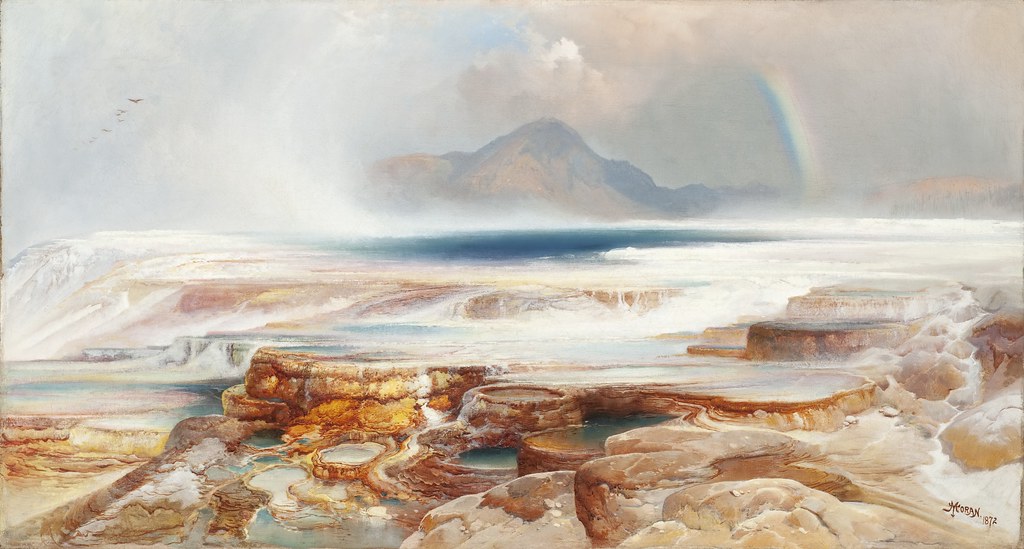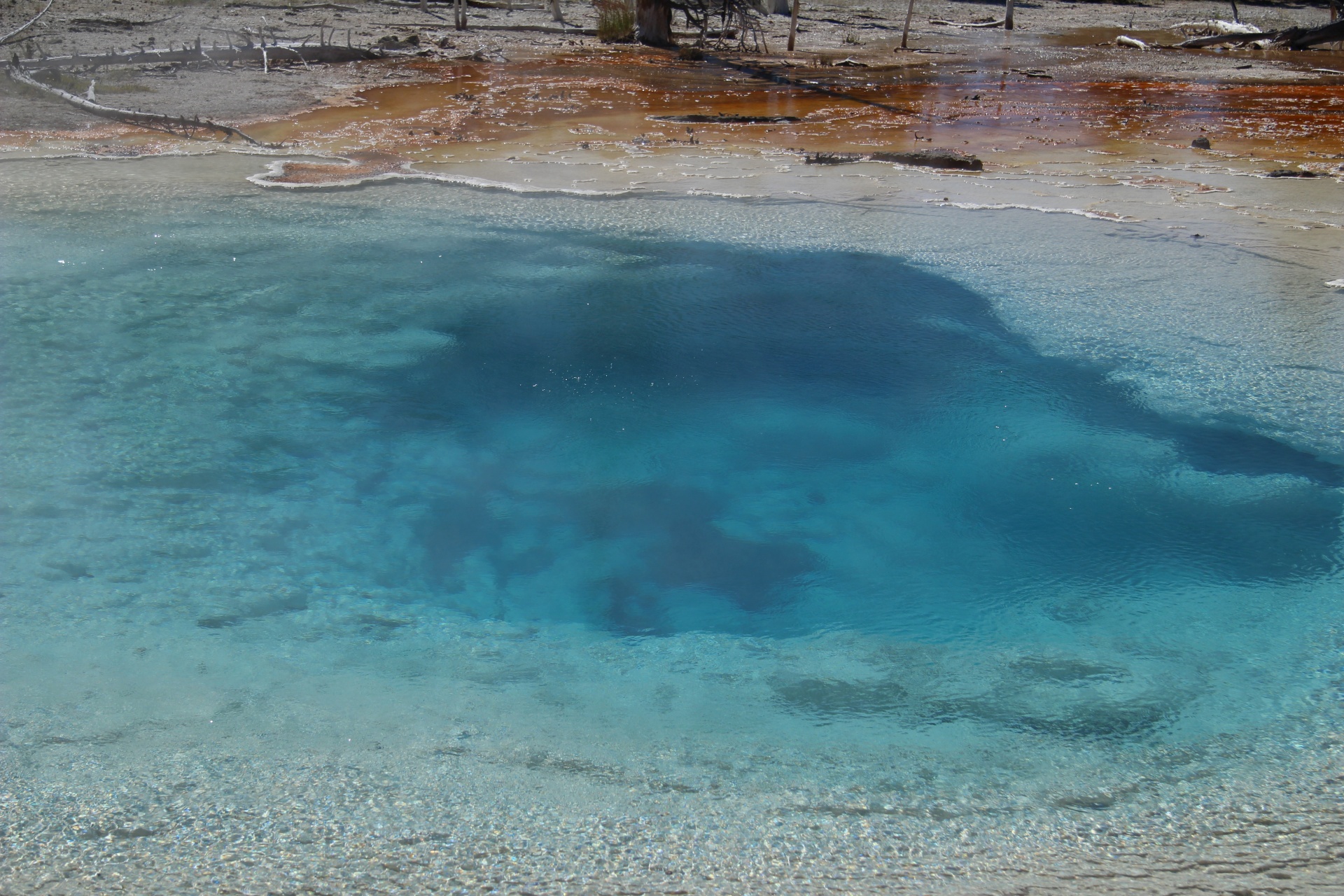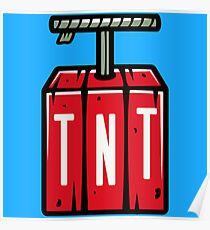
Just right before the finals, I was a bit bored so I started Internet surfing when I came across an interesting story behind the first-ever national park in the United States. The Yellowstone National Park can be quite fascinating, especially with geothermal features.
Established in 1872, the Yellowstone National Park is mostly situated in the Rocky Mountains in northwest Wyoming. The park had quite a history as it earned the fame for geysers. Now, some of you are wondering why on Earth I was talking about Yellowstone National Park at all?
History aside, the national park sits atop of an active super-volcano. Full stop for a second. This would be a bit odd topic, but even The Weather Channel talks about volcanoes. Also, volcanoes can impact weather in nearby areas, or in case of large eruptions, and around the world. Lastly, this could be a surprise for some.
Now, let’s get the record straight about Yellowstone. That is right, I heard that rumor over and over again about that Yellowstone super-volcano would blow its top ever since I was a kid. I had to weed through quite a bit of misinformation online!

Yes, there is an active super-volcano under Yellowstone National Park, according to National Geographic. Generally, any volcanic site that had at least one eruption with greater than 240 cubic miles of lava, ash and pumice is considered a super-volcano. Super-volcanoes can occur at subduction zones or hotspots. The Yellowstone is a volcanic hotspot just like Hawaiian volcanoes.
However, what set those few giants apart is that when magma gets jammed underground with no way to escape it builds up the pressure until the rocks above couldn’t take it anymore, just like a pressure cooker with no safety valve. Super-volcanoes aren’t easily noticed thanks to their really large calderas. In the case of Yellowstone, the bottom of caldera sits at roughly 8,000 feet above sea level while the mountains that line most of the caldera are roughly 10,000-13,000 feet above sea level.

Despite its mostly quiet demeanor, Yellowstone super-volcano (more formally Yellowstone Plateau volcanic field) is still closely monitored by Yellowstone Volcano Observatory. However, the volcanic overlord is very unlikely to be in the mood for an all-out eruption as far as we know, even it had several minor eruptions since its last major eruption roughly 640,000 years ago. According to the United States Geological Survey, the probability of a major eruption is 1/730,000 in a given year. So, the park is still there for those who want to enjoy the natural beauty and wonders.
Yet, there are some thought experiments or speculations if Yellowstone has another major eruption, which is the worst-case scenario. According to BBC’s Science Focus article on thought experiment, if Yellowstone experiences another major eruption, the lava is the least concern. The primary concerns were shock wave, ash and volcanic winter. Yes, you read this right… shock wave. Though many tend not to think about shock waves when dealing with volcanoes, those with explosive eruptions are also capable of producing shock waves. Although there are plenty of discussions on ash, lava and volcanic winter, I’m giving my own two cents on it since a lot of people don’t really think about pressure waves from volcanoes as much as those from nuclear weapons.

In my opinion, I would be first concerned with extremely powerful pressure waves with the energy of roughly 875,000 megatons of TNT (according to Science Focus article), or in other words, 875 billion tons of TNT. So, Yellowstone’s pressure wave from the initial blast could pack a huge punch. Take Krakatoa’s eruption in 1883 for example. According to Oregon State University’s Volcano World, the shock wave from the eruption had shattered windows and caused permanent damage to ears within 160 km (roughly 100 miles) radius. It had the explosive power of an estimated 200 megatons of TNT, according to History.com, and the even more powerful 1815 Tambora eruption produced 33,000 megatons of TNT, according to the Wired article on the eruption.

The most powerful man-made explosion was a nuclear bomb known as Tsar Bomba tested by the Soviet Union in Oct. 1961, and the king of all bombs was 50-58 megatons and capable of going to 100 megatons according to Science Alert article on largest nuclear detonations in history. However, Yellowstone would just put the king of all nukes to shame with an explosion more than 15,000 times more powerful than the Tsar. Thus, from the physics standpoint, shattered windows (and eardrums) would be expected at least hundreds of miles from the park. Also, there was a scene in ‘2012’ where the characters were in the park when Yellowstone erupted. Had it been the real deal, it would be an instant KO even before a huge rock flattened the kook named Charlie Frost.
After the shock-wave, the bigger issues would be a rather copious amount of ash and climatic cooling. Pyroclastic flows and ashfalls could pose severe issues for surrounding areas. No, it would not even come close to an extinction-level event or even the end of the world, but it would be one really awful day especially for the United States. In the Real Clear Science article, FEMA estimated $3 trillion in damage in the United States alone. The United States would be beyond crippled by ashfall that could easily cover at least most of Lower 48. Not only the United States, but the rest of the world would have to deal with the effects of the eruption, particularly temporary cooling and crop failures. The devastation to the United States during the modern time would be beyond imagination given how much we now rely on technology.
Yet, we can rest for now since it is being watched closely, and it is just doing its own business as usual. However, it is also fodder for Hollywood disaster flicks, doomsayers, conspiracy theorists, tabloids… and, for some strange reason, zit and Taco Bell jokes. Well, I got a kick out of these jokes anyway.
Will (and when) Yellowstone blow its stack again? Nobody knows, not even Yellowstone Volcano Observatory, and no, it’s not overdue for another eruption. Just like all of the other volcanoes, Yellowstone would blow its stack if it’s in the mood for it regardless of when, and there’s nothing we can do to prevent it, not even nuking it (still a bad idea obviously). We would still have to deal with Charlie Frosts since there is so much misinformation out there, though. By the way, I would still take an all-out Yellowstone eruption over showing my family my entire Internet search history any day.
I am a trained spotter and weather enthusiast who spent years enjoying learning about weather. I provide my thoughts and commentaries, sometimes with light humor.




